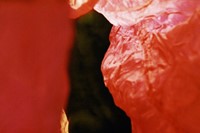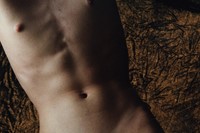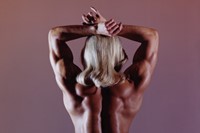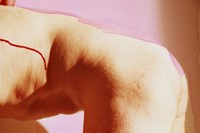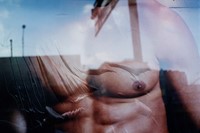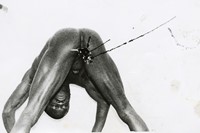FATHER is a new book from photographer Harley Weir, published by IDEA. A project originally begun in collaboration with her own father, and photographed across the world from Mexico to Japan alongside a raft of collaborators, FATHER is an exploration and worship of the male body across portraits, nudes, still lifes, colour-washed prints and full-body monograms. The result is a study of desire: “It’s hard to know what you fully desire as a woman when almost everything sexual you have seen was made by a man. I always wanted to make the kind of things that I found sexy so I could feel that desire was mine too,” Weir says. Here, speaking to David Owen of IDEA – which published the 176-page monograph – Weir discusses the book’s origins, the trouble with masculinity and why it’s the right time to celebrate the male body.
David Owen: As I remember, it was IDEA’s idea to make a book. But what the book would be about was all your idea. So you are responsible for it. And now you can explain yourself.
Harley Weir: Are you going to ask me why it’s called FATHER?
DO: I was going to, yes.
HW: Firstly I’ve been working on a collaborative project with my dad and originally wanted this to be some kind of outlet for that. In the end this book doesn’t feature him at all, I’m not even sure I can show it to him for its sexual nature! The idea took some turns and settled on being more of an exploration and worship of the male body – I use the term male very loosely as it covers the whole spectrum, all the way to women that identify as women. Thinking about desire, finding people beautiful and trying to open up those confines that men and women share when it comes to gender roles and all things sexual. It’s a platform to start a conversation rather than anything too directive, a feeling. The title FATHER stems from the idea that a dad is often the first man that people know in their lives, or observe from afar. There is this idea of inherited manhood, the archetypal male passed down from father to father... For some, your first hero. The father complex plays a role too, the Oedipus and Electra complex from Freud and Jung.
DO: There are a lot of men in the book, lots of different men but I wonder how much you consider it to be about ‘men’ and how much is it about specific individuals?
HW: It’s a mix. Rather than shooting them as they stand, the images are almost fantasy, more of a message that we created together than a portrait. I tried to be sensitive to the idea that the silence of a photographic image can easily objectify people – in this case the models are more like actors. I should mention that a lot of the models in the book wanted to have their faces covered – so that can further objectify and sexualise their image. Masculinity can be just as confining as femininity and I wanted to show an appreciation of all the different types of masculine beauty.
DO: It is very visually ‘exciting’!
HW: It should be exciting. I think there is a lot less attention brought to a guy’s body, a lot less praise. Some women particularly have fallen out of the habit of appreciating men’s bodies. I feel a lot of men don’t get to feel sexy or feel that they are desired by women, which they are.
DO: There is a lot of nudity in the book and a focus on genitalia – all male. And there is cum on the cover and inside the book, across the interior of a car. This is kind of the imagery that in the recent past would have been published by male photographers with women as their subject. A book like this shot by a man would be quite controversial now, do you think you have a special license or freedom to do it – as a woman photographing men?
HW: I see images of people as a collaboration. The picture is half me and half the subject. In fact it is more like 70 per cent them. Photographers in the past would think it was all theirs because they have taken it. A lot of photography is, in my opinion, more stealing than it is anything else. I certainly have made mistakes in the past but if you understand that you share an image of a person and not own it, then I don’t think it can be mistaken so easily.
DO: Tell me about the abstract imagery.
HW: The photograms? I started out experimenting in the darkroom with objects and body fluids. I then asked if I could photogram George Rouy. We decided to make photograms of each other and of other people – made on giant sheets of paper which has turned in to an ongoing collaboration. Originally I made smaller versions of phallic shapes like penis gourds that are...
DO: That are what? A vegetable?
HW: No. I did do some vegetables. A penis gourd is a sheath that some tribes in Papua New Guinea wear over their willies as ceremonial dress.
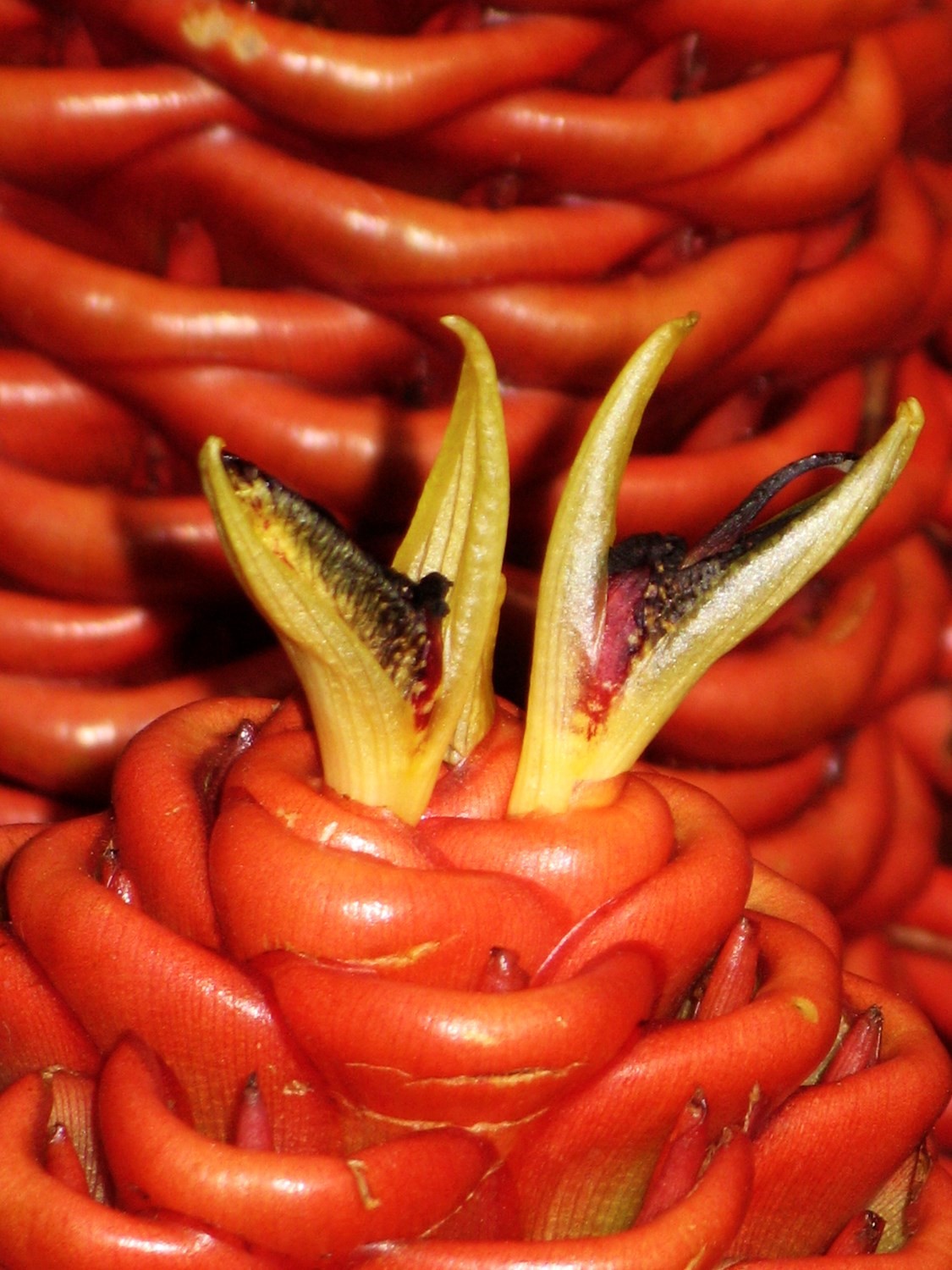
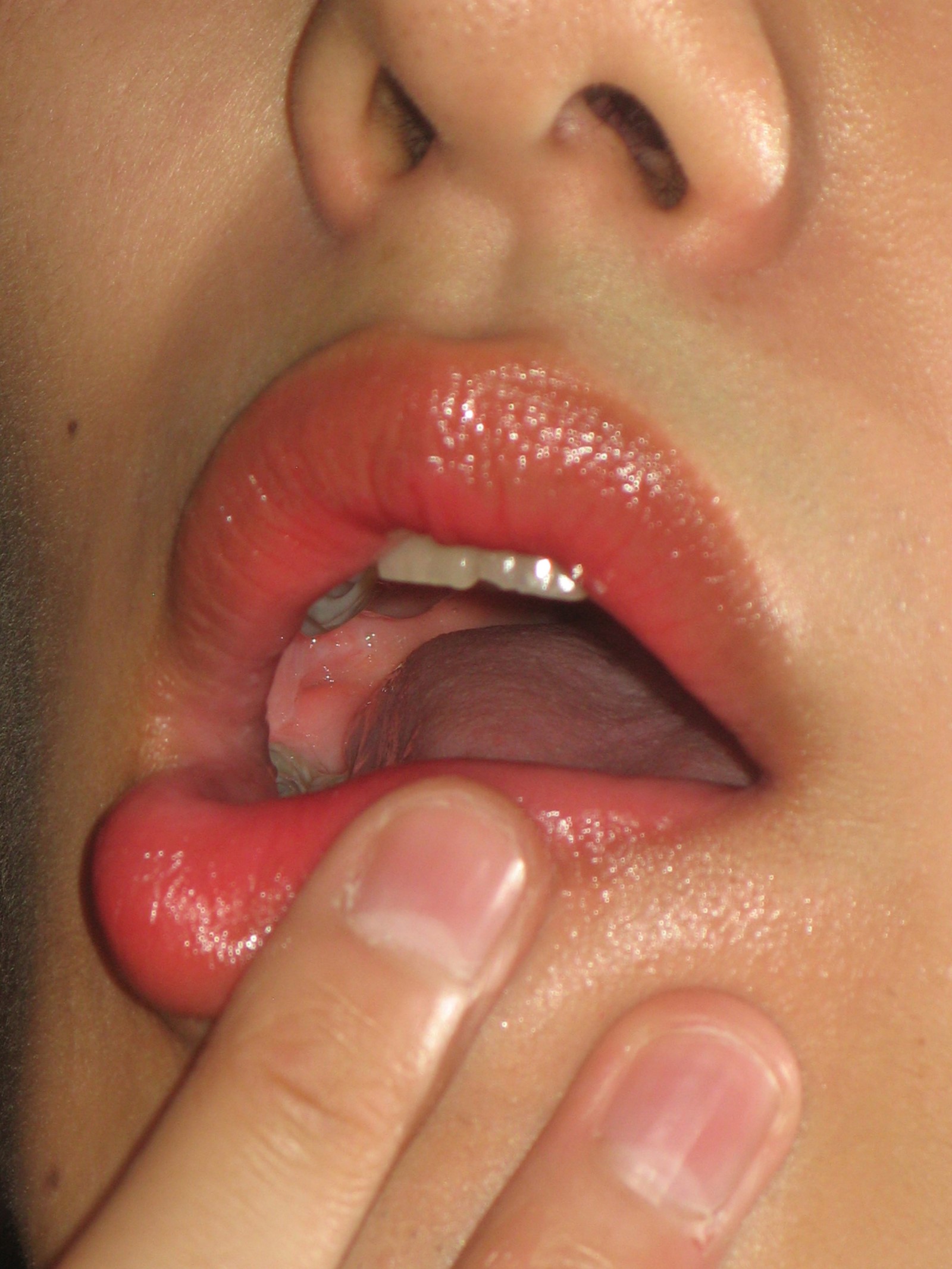
DO: And you just happened to have some lying around in a kitchen drawer?
HW: No! But stylist Raphael Hirsch did have two of them. He gave them to me to photogram as a part of the images we did together.
DO: You travelled a fair bit while you were making the book and there are some exotic takes on masculinity.
HW: There are the hosts. These guys work in host clubs in the cities of Japan. Women go to them at night and pay for their favours – not sexual favours – verbal ones. They are a boyfriend for the night. I felt they were important to photograph as we really don’t have this kind of outlet for women in the West. It also really struck me how different they looked. The hosts are well put together, they do make-up, their outfits are coordinated and flashy. Stereotypically feminine traits, far from the ideals of the hot guy in the West. A lot of that look of course has to do with the boyband and idol culture in Asia. I also photographed some transgender sex workers in Mexico. I drove past them when I visiting. They were very welcoming with their look!
DO: And you couldn’t resist!
HW: They are amazing girls. I revisited them this year with Maria Osado, who is a casting director out in Mexico. You can see how much they invest in their appearance, they wear their hearts on their sleeves for you.
DO: Ok. Back to the first question again. It’s all your idea. So why this book now?
HW: Apart from everything else I’ve explained... Growing up, I didn’t get to see many sexualised images of guys, unless it was gay porn, which I did have a phase of watching. It’s hard to know what you fully desire as a woman when almost everything you have seen that is sexual was made by a man. Most of it in the image of your own form, which is either what he thinks a women is like or a vision of what he thinks a woman should be like. I always wanted to make porno or wanted to make the kind of things that I found sexy so I could feel that my desire was fully mine. I don’t know if that’s really possible and I don’t if what I like is what other girls like. But I like a guy in heels that’s also really good at skimming stones... Hope people can relate.
FATHER, published by IDEA, launches at Dover Street Market London on May 16, 2019.

